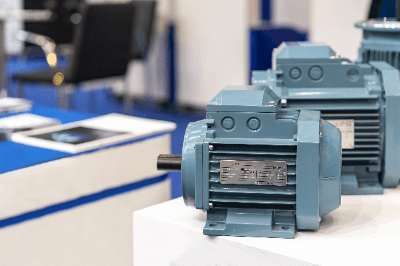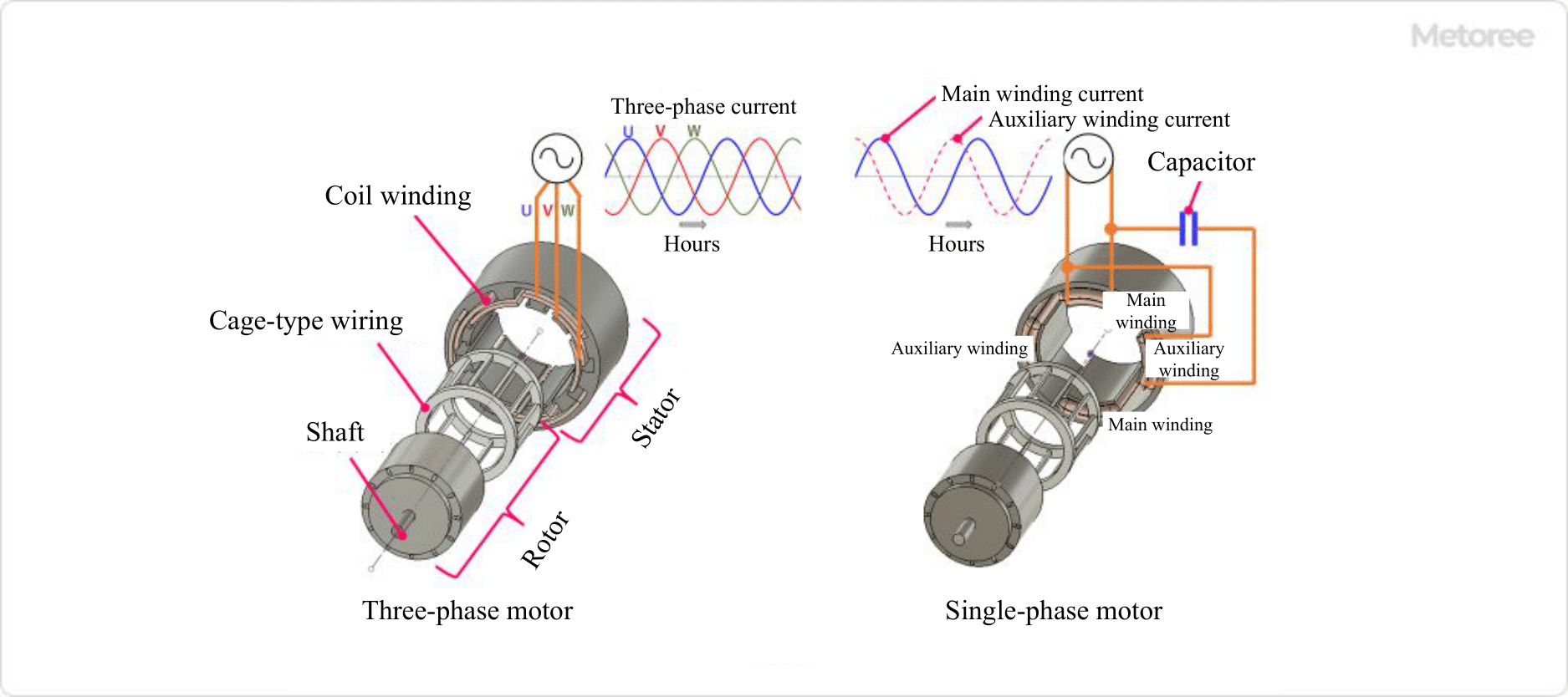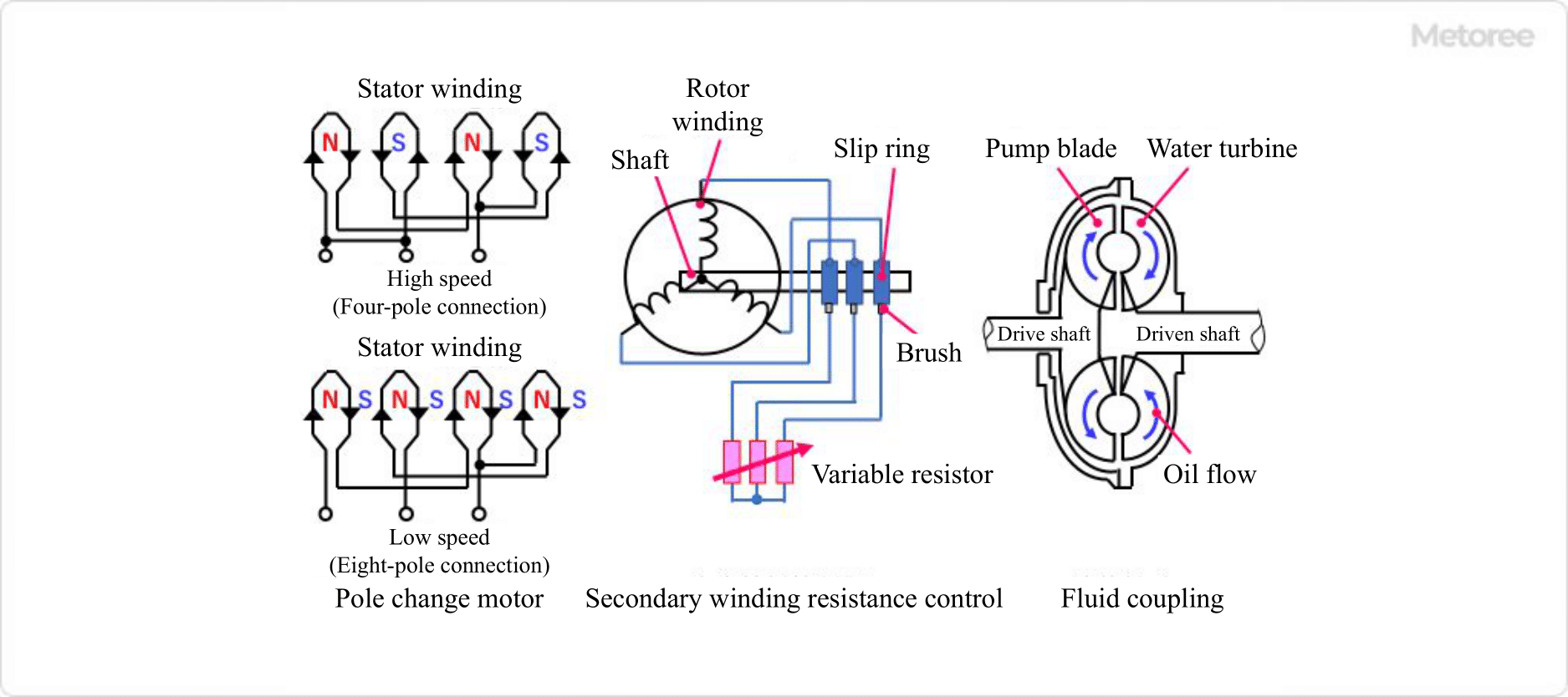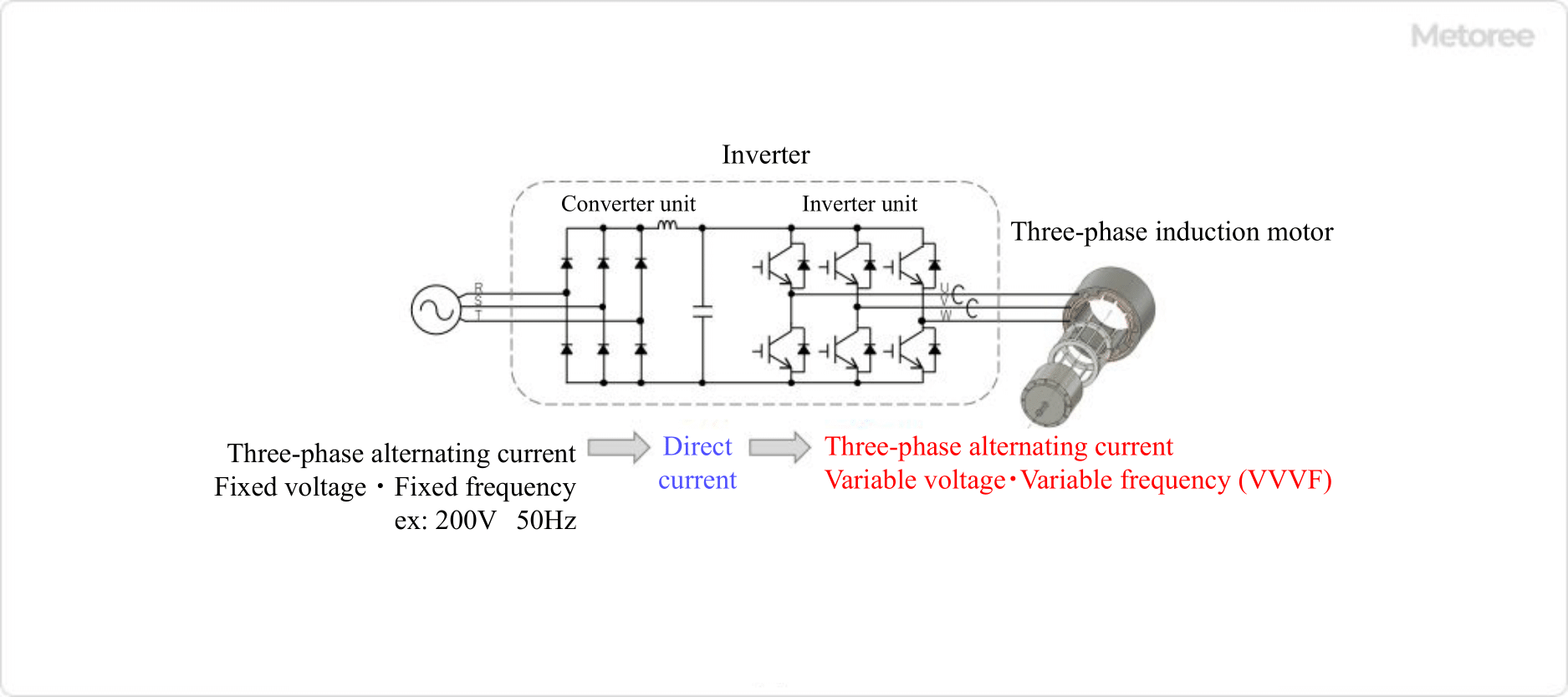What Is an Autocollimator?
An autocollimator is an optical instrument that uses the linearity of light to measure minute angular displacements of an object to be measured.
It can measure angles without contact, and is usually used to adjust the position of parts or measure distortion in optical or mechanical systems.
Uses of Autocollimators
Autocollimators are used to inspect and adjust parallelism, straightness, optical axis, alignment, as well as precise angular measurement.
1. Straightness Measurement of Machine Tool Beds and Robot Processing Equipment
The straightness is converted from the amount of movement of the crosshair image by the plane mirror by sliding the stand with the plane mirror fixed along the guide surface.
2. Parallelism Measurement of Edge Surfaces Such as Optical Windows and Wedge Surfaces
By transmitting a single laser beam, parallelism measurement between two coaxial surfaces can be performed. For glass plates, etc., parallelism can be measured by measuring the angular difference of reflected light from the front and back surfaces.
3. Squareness Measurement
Optical square, a pentagonal prism, is used to bend the light.
4. Measurement of Rotational Angle of a Turntable
Using a multi-faceted mirror, the division accuracy of a rotary disc or indexing disc is measured.
5. Measurement of Deflection of an Elastic Piece
Fixing a reflector to an elastic piece and observing it with an autocollimator makes it possible to measure minute changes.
6. Optical Axis Adjustment
When the optical axis is aligned, such as in an astronomical telescope, the center mark of the primary mirror can be seen in multiple layers in the autocollimator’s field of view.
7. Inspection of Optical Products
The autocollimator measures the warpage and waviness of disks and wafers, and the accuracy of polygon mirrors.
Principle of Autocollimators
Autocollimator measurements are based on the principle of straightness of laser light and focusing of lenses. First, a semiconductor laser is mainly used as the light source, and the laser is converted to a collimated beam by a primary lens. This collimated light is passed through a secondary lens to form an image at the focal point.
In this case, the reflected light is spectrally split by a half-mirror in the optical path and reaches a light-receiving element such as a CCD to form an image. If the object is installed without any tilt to the irradiated laser beam, the image formed by the reflected light is exactly the same as that of the incident light. On the other hand, if the object is tilted, the image is formed with a deviation, and the angle of deviation can be determined from the degree of deviation.
Other Information on Autocollimators
1. Mirror Installation
Many mirrors that are not directly related to the measurement principle are incorporated inside the autocollimator. If all of the autocollimator’s optics are arranged in series, the size of the device is required for the optical path.
In most autocollimators, multiple reflecting mirrors are installed in order to reduce the size of the device.
2. Geometric Tolerances That Can Be Measured With Autocollimators
Autocollimators can be used to determine geometric tolerances that can be defined by straight lines or planes. Autocollimator measures the tilt of a mirror by utilizing the reflected light from the mirror, which is installed at a distance from the light source, to be displaced from the optical axis.
The angle of the mirror is replaced by the displacement and calculated, enabling measurement of the unevenness at each measurement point. By setting the starting position as zero and plotting the displacement for each measurement point, straightness can be obtained.
If the autocollimator is used to repeat the straightness determination on another line, the plotted points can be used to measure flatness because a plane can be drawn from the line. By devising how to place the autocollimator and how to hold the mirror, the measurement results can be developed into inclination and squareness as well. However, it is difficult to measure roundness and cylindricity, which are defined using curves or curved surfaces.
3. Disadvantages of Autocollimator
Autocollimator has a problem that if the light source is not at the focal point of the lens, it cannot form an image correctly, resulting in measurement error and out-of-focus of the observed image. This light source position error requires a strict accuracy of less than 0.1% of the focal length of the collimator lens.
Because this position adjustment is so severe, autocollimators are available in a variety of methods, including those that use an aperture to allow position adjustment by spot diameter and those that use a knife edge.
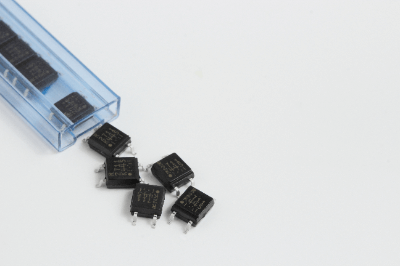
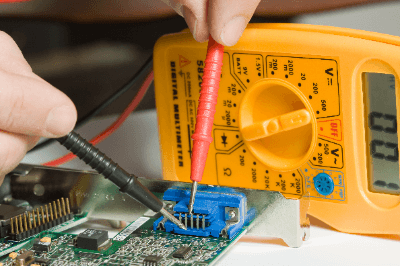
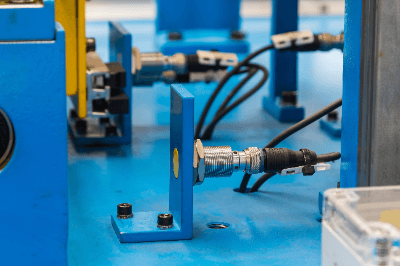
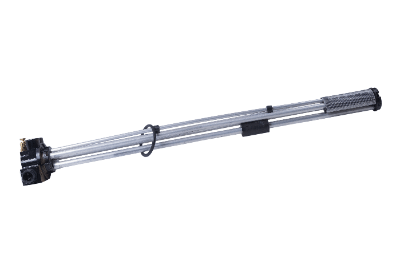 A Liquid Level Sensor is a measuring device used to determine the height of the liquid level in a tank or container, helping to assess the remaining amount of liquid. Some sensors simply detect the presence or absence of liquid, while others can calculate the percentage of liquid remaining by continuously measuring the
A Liquid Level Sensor is a measuring device used to determine the height of the liquid level in a tank or container, helping to assess the remaining amount of liquid. Some sensors simply detect the presence or absence of liquid, while others can calculate the percentage of liquid remaining by continuously measuring the 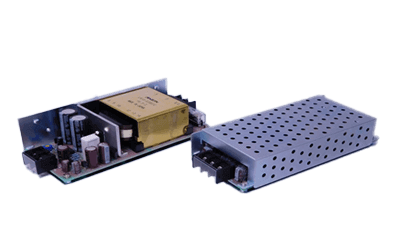
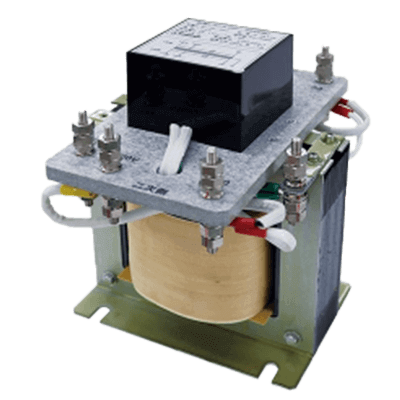 A high-voltage isolation transformer is a device that protects precision electrical equipment and the human body from abnormal voltage caused by large current inflows (lightning surges) due to lightning strikes and power line accidents.
A high-voltage isolation transformer is a device that protects precision electrical equipment and the human body from abnormal voltage caused by large current inflows (lightning surges) due to lightning strikes and power line accidents.